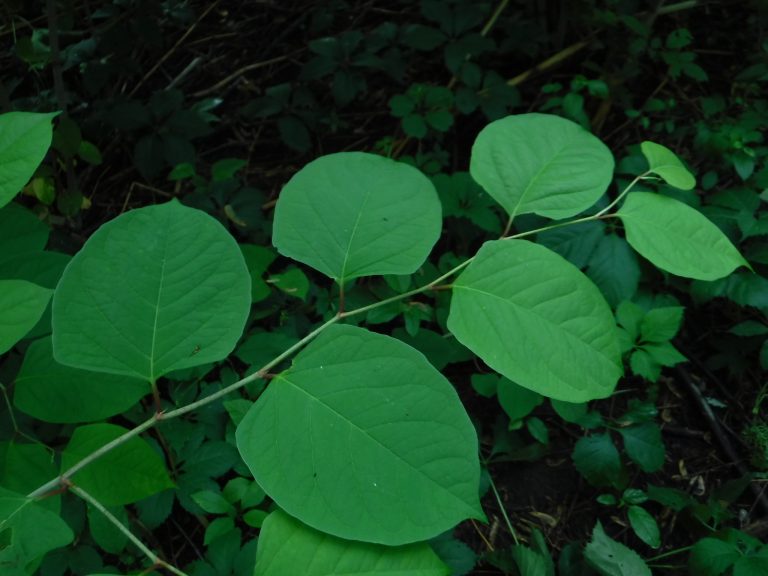
Japanese knotweed (Reynoutria japonica) is an asian garden escape species. It is a major threat to ecosystems worldwide, especially those along streams. This plant can reach a height of 3 meters. Its stem is hollow, similar to bamboo in texture and appearance. The white and delicate flowers were once appreciated for their beauty, which is why it was massively planted in gardens until it escaped into natural habitats. Flowers also generate a lot of nectar.
So what is the secret of this successful invader? It has no natural enemies or predators, and reproduces vegetatively.
.jpg)
Their seed fertility is very low in North America. However any plant fragment, either a piece of rhizome or a small portion of the stem can initiate a successful vegetative reproduction. Rooting can originate from any plant part. Stream banks and ditches are therefore more prone to Japanese knapweed colonization because the water circulation enables the dispersion of plant fragments.
.jpg)
If not monitored, Japanese knotweed will colonize all of the available space. The rhizomes can reach a depth of two meters and spread laterally by 7 meters, monopolizing most available resources. The plants also exude toxic substances in the soil which prevents other plants from growing nearby. Their large leaves and high stem density create unbearable shadowing for most plant competitors.
In Laval, there are a few isolated colonies which are not highly threatening. The main dispersion vector seems to be the dumping of contaminated soil and backfill on the side of roads and at dead ends.
There are other species of knotweed like Reynoutria sachalinensis and Renynoutria x Bohemica which are also invasive and could be found in Quebec gardens.
It is recommended that you relentlessly and carefully mow the colony (for years) to starve their rooting system by forcing it to use up all the stored energetic reserves. It is not recommended that you pull out the rooting system, as fragments could then be dispersed in nature.
References
Iriis phytoprotection (in French)
Sentinelle – Gouvernement du Québec (in French)



